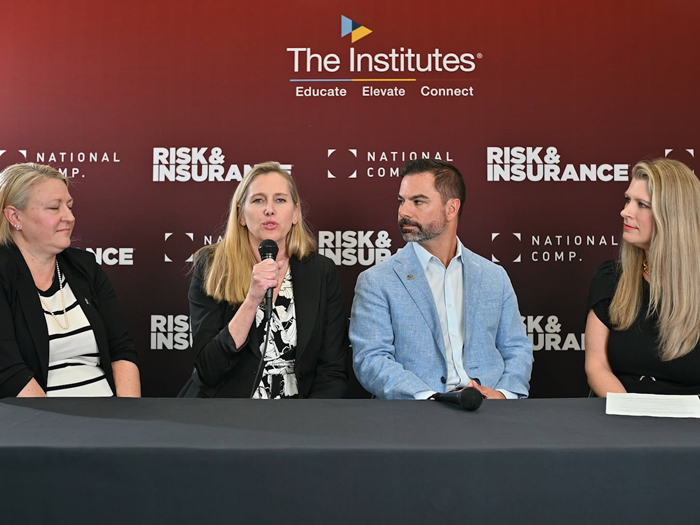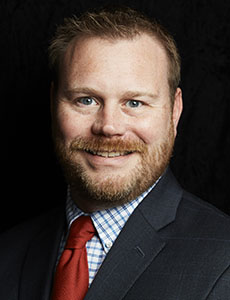Predict & Prevent® Podcast Episode 20: Policymaker Perspectives: Balancing Innovation and Protection

As artificial intelligence reshapes the insurance landscape and climate-related disasters become increasingly frequent, regulators face the complex challenge of fostering innovation while protecting consumers.
A new episode of the Predict and Prevent® podcast, “Policymaker Perspectives: Balancing Innovation and Protection,” explores these pressing issues through the lens of a regulatory leader navigating these very challenges.
Scott A. White, commissioner of the Virginia State Corporation Commission’s Bureau of Insurance and president-elect of the National Association of Insurance Commissioners (NAIC), discusses how regulators are encouraging innovation while establishing necessary guardrails in the latest episode of the Predict & Prevent podcast from The Institutes with guest host Frank Paul Tomasello, executive director of The Institutes’ Griffith Insurance Education Foundation.
Commissioner White addresses one of the most pressing concerns in modern insurance regulation: the use of AI and predictive modeling.
“We want to encourage this type of innovation. We know it has a lot of benefits to consumers in a wide range of areas,” White explained. “But we have to make sure that there are what I would say guardrails in place to protect consumers.”
The discussion highlights three critical areas regulators focus on when evaluating AI systems: transparency, accountability, and fairness, with particular attention to preventing proxy discrimination that could unfairly impact certain groups.
The conversation takes a compelling turn when exploring resilience strategies and mitigation efforts.
White noted that regulatory discussions have fundamentally changed: “If you had asked us three or four years ago about resilience or mitigation efforts on the part of the industry, I’m not sure we would have been in a great position to talk about that. If you go to any meeting today, it’s top of mind.”
This shift to loss prevention is supported by compelling economics. White cited studies showing that “for every dollar that’s put into mitigation or resiliency, that can save up to six, seven dollars on the back end when it comes to claims.”
The success of programs like Alabama’s FORTIFIED roofing initiative has sparked adoption across more than 40 states, each adapting some version of Alabama’s approach to their specific risk profiles—from hailstorms in Minnesota to wildfire risks in western states.
The state-based regulatory system, while sometimes criticized for inconsistency, proves particularly well-suited to this new approach. White emphasized the “laboratory of ideas” concept, where states can develop innovative solutions tailored to local conditions, then share successful practices with other jurisdictions.
Looking ahead, White envisions even more sophisticated applications of technology, including real-time risk monitoring, dynamic pricing models, and advanced climate modeling that moves beyond historical data to scenario analysis. Crucially, he sees regulation evolving to support holistic risk management approaches that bring together insurers, consumers, communities, and other stakeholders.
“At the end of the day, I think there should be an understanding that regulation isn’t just about protecting consumers after the loss,” White concluded. “It’s about working together with the industry, with other stakeholders, and trying to prevent more of those losses in the first place.”
To hear more about the future of insurance regulation and the innovative approaches being developed across the country, listen to the full episode at predictandprevent.org. New episodes are released every three weeks. &










